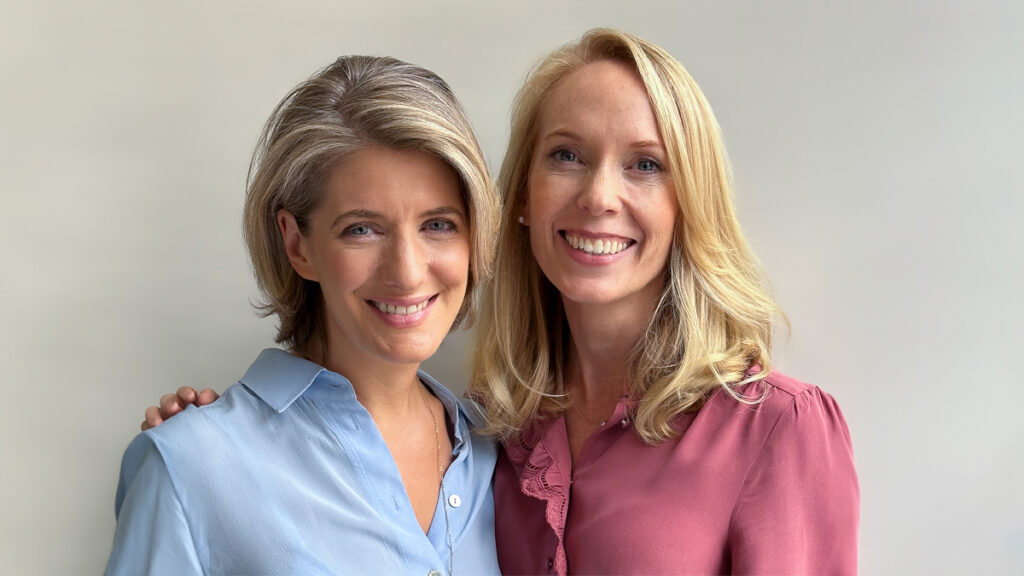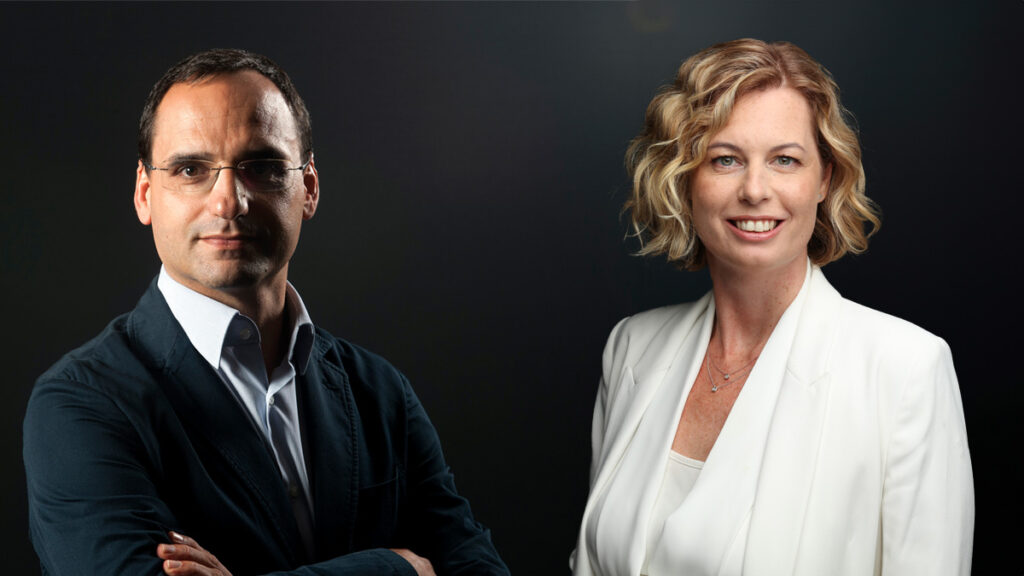Co-CEOs: Are more heads better than one?
After M&S revealed it would bring in co-CEOs, we take a look at whether two bosses can complement or just end up clashing

Marks & Spencer announced that it would be adopting what Reuters called an “unconventional leadership structure” in 2022. Following the announcement that Steve Rowe was stepping down as the company’s CEO, Stuart Machin and Katie Bickerstaffe were confirmed as the new heads of the retail giant, as CEO and co-CEO respectively. Does this model actually work?
A recent Harvard Business Review study found that co-led firms tend to generate better returns than those led by a sole CEO. But despite the perceived benefits, the model has been seldom used by the world’s largest businesses. From 1996 to 2020, just 87 of the 2,200 companies listed in the S&P 1200 and the Russell 1,000 were led by co-CEOs, the study found.
“Co-leadership can work sometimes for small businesses but as businesses get larger, you need unitary leadership,” says John Colley, professor of practice at Warwick Business School and former group managing director of FTSE 100 company BPB.
However, Netflix, an S&P 500 company, has had co-CEOs since 2020, and aside from a decline in the first half of 2022, the streaming service has continued to increase its number of subscribers. The company saw a surge of 13.1 million worldwide subscribers in Q4 of 2023, marking an annual increase of nearly 30 million subscribers.
Complementary skills
Jen Sundberg and Pippa Begg are co-CEOs of mission-led technology and advisory firm Board Intelligence. Whilst they each have a view across the entire business, Sundberg leans more towards strategy and product, and Begg more towards commercial. “By sharing the role, one of us is working on leading the business of today while the other focuses on building the business of tomorrow,” they comment. “And we get to lean into our strengths, channelling our skills and energies where we can each have the greatest impact and the most fun.”

The pair, who’ve had five children between them in the past eight years, say being able to hand the baton over when going on maternity leave has made their comings and goings much smoother. “The other benefit is that a co-CEO acts as a natural check and balance, forcing the other to look at things from more than one angle. CEOs are as susceptible to flawed thinking, bad ideas, and cognitive bias as anyone, and CEOs run an even greater risk of hubris,” they add.
According to Jose Maria Ortiz, one of four CEOs at Palladium, the international development sector advisory, management and implementation firm, the elements of diversity in the company’s leadership team help remove biases from the decision-making process. Palladium’s leadership team consists of two men and two women who are all from different parts of the world.
However, as very different characters who see the world in different ways, Sundberg and Begg acknowledge that it can be difficult to reach an outcome they’re both happy with.
Personality clashes
“The problem with co-CEOs is there’s no clear singular leadership and it’s very rare they will see eye-to-eye on everything,” says Colley. “Typically, people who make senior positions have strong personalities and clear agendas, so it’s very unlikely to work.”
The Warwick Business School professor believes the £11bn merger between Aberdeen Asset Management and Standard Life in 2017 demonstrates why the model doesn’t work. The merger was supposed to save £200m a year but the co-CEOs were both fired after a few years and Standard Life Aberdeen, the renamed firm, has lost 70% of its share price since then.
“I’ve never known an instance where co-CEOs have worked effectively,” adds Colley. “What tends to work is when a CEO appoints a chief operating officer that has the strengths they don’t have. The CEO will often handle the external communications, board, shareholders, and grand strategy, with the COO running the business internally.”

Mark Zuckerberg’s appointment of Sheryl Sandberg in 2008 is a famous example of this. Colley says the rationale was Zuckerberg wasn’t media-friendly, so he needed someone who could communicate. Sandberg left Meta in 2022 but is credited with nurturing the tech giant’s advertising business from its infancy to a more than $100bn (£79.4bn) a year operation.
The more heads the merrier?
At Palladium, the company vision and strategy are the collective responsibility of the four CEOs, who are equally accountable for corporate functions. However, each of them manages a market where they have deep knowledge, and each has a single ‘sponsor’. For example, Ortiz oversees finance whilst Sinead Magill oversees communications.
Magill says, “Business lines are cleaner, whilst regional teams are closer to the CEO’s office than under the previous model, so the structure feels quite flat. It also doesn’t feel lonely when pondering hard decisions. Being able to make decisions quickly by talking them through is beneficial.”
“Two heads are always better than one,” add Sundberg and Begg. “We’re not sure who the first person was to say ‘To go fast, go alone. To go far, go together’ but we believe it.”

According to the University of Missouri study, 90% of the sample, which featured more than 100 businesses with shared leadership, had some complementarity in terms of duties and backgrounds.
However, Colley believes you’re normally in a better position with someone who understands the remit of the other co-CEO but has the overall remit.
Ortiz adds that companies would need practice to put Palladium’s model in place because trust takes time to build, and this is important for carrying out a very clear strategy.
From 2018, each of Palladium’s major markets was run by a “partnership”. For example, EMEA was run by three equal “Partners”, including Magill and Ortiz. When CEO Christopher Hirst stepped down in July 2023, four of the senior leaders from across the various partnerships were promoted into the CEO roles.



